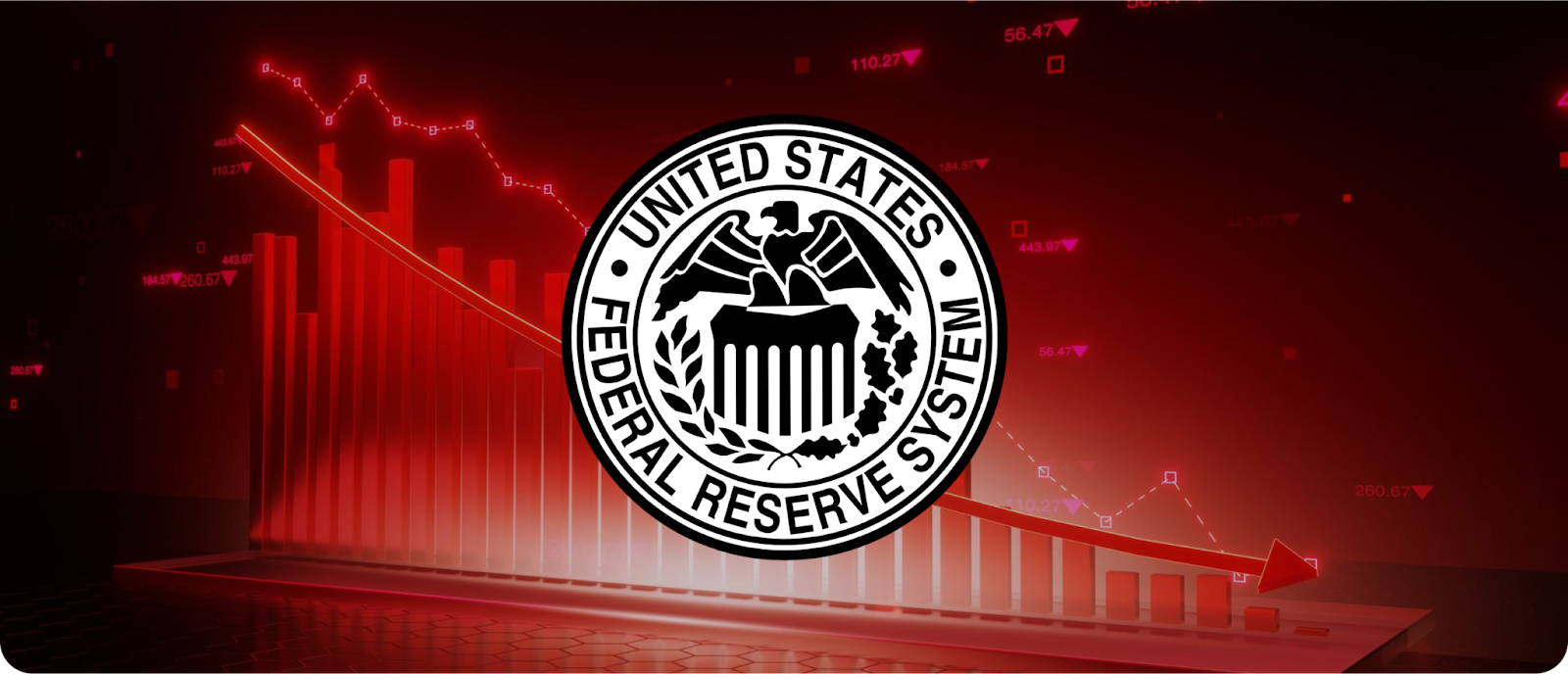While everyone is watching the price of Bitcoin rise and fall in 2025, Ethereum is busy setting new records with ETFs. Let’s analyze the most significant tales from this year’s crypto frenzy and determine their implications for the future of digital assets.
Ethereum ETFs Attract Record Investments

The verdict is in: Ethereum is the investment of choice for those in the know.
-
December saw the largest influx of $2.1 billion into Ethereum ETFs since May.
This increase in investment shows that people are becoming more optimistic about Ethereum’s long-term prospects and standing as a top digital asset.
ETFs’ improved accessibility to Ethereum is probably helping it become more widely used and drawing in a larger pool of investors.
This investment could strengthen Ethereum’s position as a pillar of the decentralized finance (DeFi) ecosystem and spur its growth even more.
El Salvador’s Bitcoin Strategy Shows Promising Returns
- El Salvador continues its Bitcoin accumulation strategy, purchasing more Bitcoin to surpass the 6,000 Bitcoin milestone.
- The country’s Bitcoin holdings are now showing an impressive 105% unrealized gain, demonstrating the potential of long-term investment in the digital asset.
- El Salvador’s bold move to embrace Bitcoin as legal tender is inspiring other nations to explore the benefits of cryptocurrency adoption.
- This continued investment in Bitcoin reinforces El Salvador’s commitment to building a Bitcoin-centric economy and positions the country as a leader in the global crypto movement
Decentralized Exchanges Reach New Heights
- Monthly trading volume on decentralized exchanges (DEXs) hit an all-time high of $320.5 billion in December.
- Uniswap, a leading DEX, dominated the market with over $103 billion in volume, showcasing the growing preference for decentralized trading platforms.
- The increasing popularity of DEXs reflects a desire for greater control and transparency in crypto trading, empowering users to manage their assets without relying on centralized intermediaries.
- This surge in DEX volume signals a shift towards a more decentralized and user-centric financial future, where individuals have greater autonomy over their financial activities.
Bitcoin Celebrates 16th Birthday with Record-Breaking Strength
- On Bitcoin’s 16th birthday, the network achieved new milestones with its hashrate and mining difficulty reaching all-time highs.
- This demonstrates the growing strength and security of the Bitcoin network, fueled by advancements in mining technology and unwavering support from the crypto community.
- The continued growth of Bitcoin’s hashrate reinforces its resilience against attacks and underscores its position as the leading cryptocurrency.
- As Bitcoin matures and its network strengthens, it further solidifies its role as a store of value and a cornerstone of the digital asset revolution.
What’s Next?
Regulations are evolving, innovations are arriving, and crypto is making a slow and steady move into our everyday lives. That future is waiting for you, and it is closer than you think.
In the meantime, stay informed and stay ahead of the curve. Join our Telegram community for the latest news, insights, and discussions that will shape the future of finance.


















